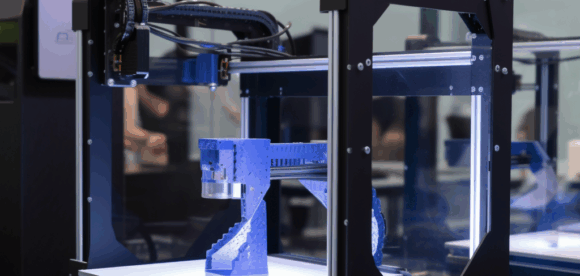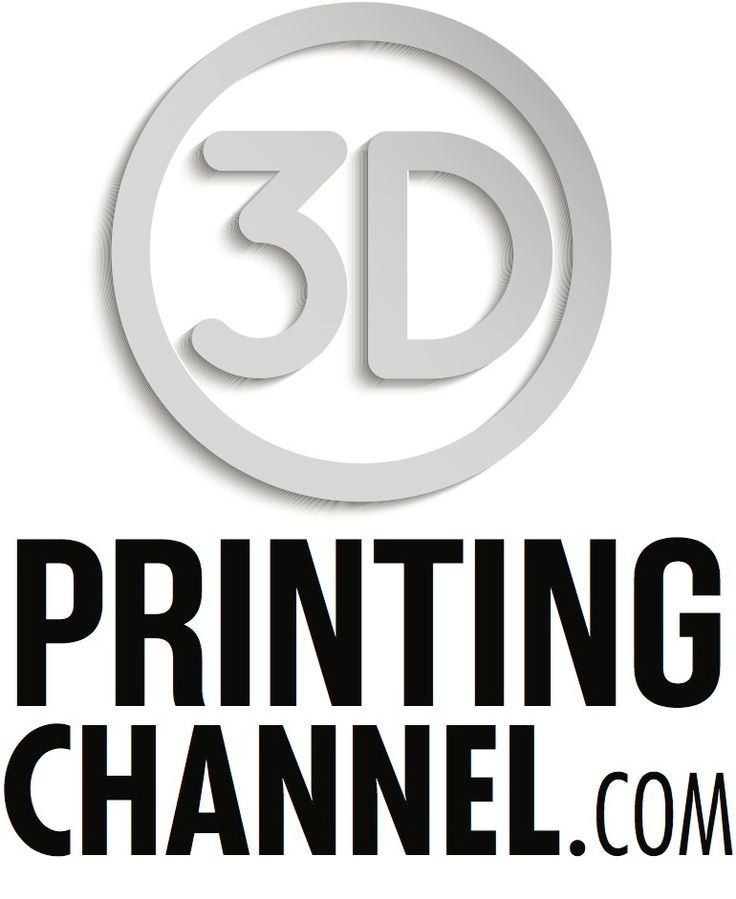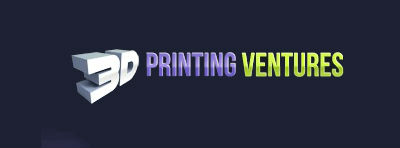Tokenizing Innovation: How Blockchain Enables Global Trade in 3D Printed Designs
Tokenizing Innovation: How Blockchain Enables Global Trade in 3D Printed Designs
Introduction: When Designs Become Digital Assets
The future of manufacturing is no longer confined to the walls of factories. With the rise of 3D printing, digital blueprints are now just as valuable as the physical objects they produce. A prosthetic limb, an aerospace part, or even a designer sneaker can be printed anywhere in the world—provided you have the right design file. But this raises a critical question: how do we protect, monetize, and globally distribute these digital assets securely?
The answer lies in blockchain and tokenization. By turning 3D printed designs into digital tokens, creators and companies can ensure ownership rights, streamline global trade, and enable a new economy of on-demand, decentralized manufacturing.
The Core Problem: Ownership and Trust in Digital Design
One of the biggest hurdles in globalizing 3D printing is intellectual property (IP) management. Digital design files can be copied infinitely, shared without permission, or modified without attribution. Without a secure system to protect ownership, creators risk losing revenue and recognition.
Additionally, buyers need assurance that what they’re printing is authentic and safe—especially in critical industries like healthcare, aerospace, or automotive. How do you verify a design’s origin, integrity, and compliance with standards when anyone can download a file online?
Blockchain as the Trust Layer
Blockchain introduces a tamper-proof, decentralized ledger where digital assets—such as 3D printing blueprints—can be registered, tracked, and exchanged with complete transparency.
How Blockchain Solves These Challenges
-
Design Tokenization
-
Every 3D model can be minted as a non-fungible token (NFT) or a utility token.
-
Each token holds metadata: creator name, version history, licensing terms, and usage rights.
-
This token travels with the design file, ensuring authenticity wherever it goes.
-
-
Smart Contracts for Licensing
-
Automatic royalty payments are triggered when a design is printed or transferred.
-
Companies can license designs globally without negotiating separate legal agreements.
-
-
Provenance and Certification
-
Blockchain stores the origin and certification records of a design.
-
Engineers and manufacturers can verify compliance with safety standards before printing.
-
-
Decentralized Marketplaces
-
Designers can upload tokenized files to global blockchain-powered platforms.
-
Buyers purchase access, not just the file, ensuring creators are compensated fairly.
-
The New Model: Global Trade in Digital Goods
With tokenization, trade shifts from shipping physical products to exchanging design rights.
Example Scenario
-
A German automotive company designs a replacement part.
-
Instead of shipping it worldwide, they tokenize the blueprint on blockchain.
-
A manufacturer in Brazil buys the tokenized rights, prints the part locally, and installs it within hours.
-
Smart contracts ensure the German company automatically receives royalties—no intermediaries needed.
This system reduces logistics costs, speeds up production, and decentralizes supply chains.
3D Printing Coin (3DPC) and the Role of Native Tokens
Specialized tokens like 3D Printing Coin (3DPC) can fuel this economy by acting as:
-
Payment Medium: Used for buying and selling tokenized design rights.
-
Staking Mechanism: Creators and manufacturers stake tokens to gain platform credibility.
-
Incentives: Rewards for designers who upload verified, high-quality models.
-
Governance: Token holders vote on platform upgrades, royalty rates, or certification standards.
This adds a financial layer that aligns incentives between designers, manufacturers, and end-users.
Industries Leading the Way
Healthcare & Bioprinting
-
Tokenized designs for prosthetics, implants, and surgical tools ensure safe, certified usage worldwide.
Aerospace & Defense
-
Airplane and military parts can be licensed securely, ensuring compliance with strict quality standards.
Consumer Goods & Fashion
-
Designers sell tokenized blueprints for sneakers, jewelry, or furniture directly to consumers.
Construction
-
Architectural firms can tokenize house models, allowing local 3D printing companies to build structures anywhere.
Benefits of Tokenizing 3D Designs
✅ Global Reach – Creators sell to buyers anywhere instantly.
✅ Security & Authenticity – Every file’s origin is verifiable.
✅ New Revenue Streams – Automatic royalties on every print.
✅ Faster Production – Local manufacturing reduces shipping delays.
✅ Lower Costs – No need for centralized factories or distribution hubs.
Challenges Ahead
-
Legal Frameworks: IP and licensing laws vary across countries—blockchain will push regulators to adapt.
-
Cybersecurity Risks: Hackers may still target endpoints like printers or servers.
-
Adoption Barriers: Companies must trust tokenized systems over traditional contracts.
-
Standards & Interoperability: Without global protocols, tokenized designs may face compatibility issues.
The Road Ahead: A Tokenized Supply Chain
We are entering an era where designs themselves are the true currency of trade. Blockchain and tokenization unlock a worldwide library of secure, tradable 3D assets, accessible to anyone with a printer and the right permissions.
In the near future:
-
A factory could act as a decentralized node, printing parts from tokenized designs it licenses.
-
Consumers might buy personalized design NFTs that they can print at home.
-
Supply chains could shift from physical trade routes to digital design highways powered by blockchain.
Conclusion: Printing the Future, One Token at a Time
The convergence of 3D printing and blockchain is transforming global trade. By tokenizing designs, creators gain fair compensation, manufacturers cut costs, and consumers enjoy faster, more personalized access to products.
The 3D Printing Coin (3DPC) and similar blockchain-powered ecosystems will be the economic engine behind this shift—fueling innovation, protecting intellectual property, and powering the next industrial revolution.
The future factory won’t just print objects—it will print value.
Categories
Recent Posts
- The DAO of Design: Community-Owned Innovation in the 3D Printing Space
- 3D Printing + AI: Smart Design, Optimization & Automated Repairs
- Investing in Bioprinting: Startups, Stocks, and Tokens to Watch
- The 3D Printing Industry – 3D Printing Meets Blockchain: Tokenizing the Future of Manufacturing
- Robots, Printers, and Tokens: The Rise of Crypto-Powered Manufacturing
Recent Comments
- 3D Printing Start Up Incubator Questions | International toolkit on Slide Show Presentation About Questions Start Ups and Entrepreneurs Need to Ask Before Starting 3D Printing Businesses
- 3D Printing Start Up Incubator Questions | 3D Printing Ad Agency on Slide Show Presentation About Questions Start Ups and Entrepreneurs Need to Ask Before Starting 3D Printing Businesses
- 3D Printing Start Up Incubator Questions | 3D Printing Blog on Slide Show Presentation About Questions Start Ups and Entrepreneurs Need to Ask Before Starting 3D Printing Businesses
- 3D Printing Start Up Incubator Questions | 3D Printing PR Firm on Slide Show Presentation About Questions Start Ups and Entrepreneurs Need to Ask Before Starting 3D Printing Businesses
- 3D Printing Start Up Incubator Questions | 3D Printing Bank on Slide Show Presentation About Questions Start Ups and Entrepreneurs Need to Ask Before Starting 3D Printing Businesses










